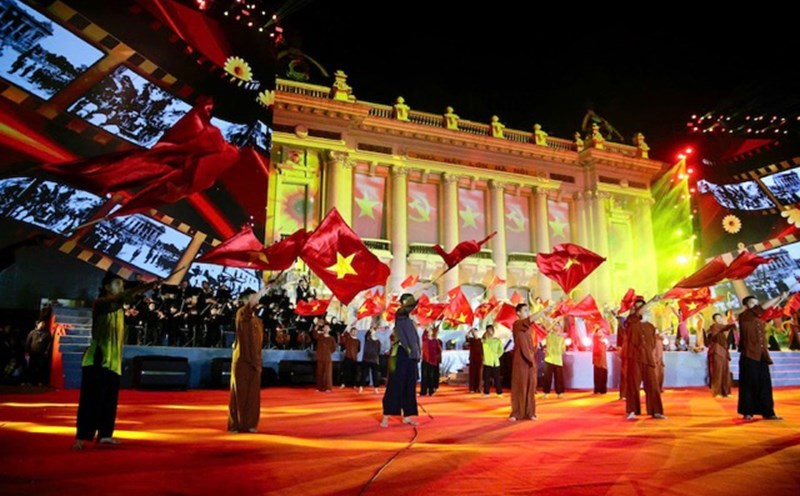Hundreds of projects are stuck because of interspersed public land.
A representative of an investor of a resettlement housing project in Tam Phu ward, Thu Duc city with an area of about 6,672m2 said that in 2010, this investor was approved by the People's Committee of Thu Duc district (now Thu Duc city) for a detailed planning project of 1/500, but until now it has not been able to be implemented because the project has more than 1,044.84m2 of interspersed public land.
Immediately after Decree 148/2020/ND-CP was issued, his business contacted a lawyer to complete the necessary procedures to implement the project, but when working with the leaders of Thu Duc City, he received the answer "there are still no detailed regulations to consider whether the project is subject to land allocation or auction".
“Up to now, we still do not know when the project can be implemented, even though the legal procedures are complete. This has caused great damage to the business because the investment capital in the project has been buried for too long,” he said.
In addition to this project, statistics from the Ho Chi Minh City Real Estate Association (HoREA) show that Ho Chi Minh City currently has about 126 commercial housing projects that are behind schedule or have stopped construction due to interspersed public land, although the public land ratio only accounts for about 10% of the area of these projects.
Previously, Ho Chi Minh City had implemented the exchange of public land areas interspersed in real estate and commercial housing projects according to the mechanism of exchanging public land areas interspersed with 8% of the residential and business land area of the project with infrastructure. This ratio was then gradually increased to 10%, 12% and 15%, but then had to stop because it was not in accordance with the provisions of the Land Law 2003 and 2013.
In 2020, the Government issued Decree 148 allowing localities to provide detailed regulations to remove obstacles for interspersed public land. However, it was not until September 2023 that the city issued Decision No. 37/2023/QD-UBND regulating the review, public announcement, and listing of small, narrow, interspersed land plots managed by the State and the allocation and lease of land for small, narrow, interspersed land plots in the city.
However, due to the new changes in regulations, the city must issue a replacement decision to comply with current legal regulations, creating favorable conditions for the People's Committees of districts, towns and Thu Duc City to promptly implement, ensuring the rights of adjacent land users and avoiding waste of land resources. At the same time, to avoid duplication of regulations on criteria for determining small, narrow, and interspersed land plots, principles of land allocation, land lease, determination of land use purposes, land use duration, authority, and procedures for land allocation and land lease have been specified in detail in the Land Law and decrees guiding its implementation.
Issue new regulations to remove
The Department of Natural Resources and Environment of Ho Chi Minh City said it is seeking opinions on a draft decision regulating the review, public announcement, and listing of small, narrow, and interspersed land plots managed by the State, and the allocation and leasing of land for small, narrow, and interspersed land plots in the city.
This regulation is important in creating a legal corridor for the allocation and lease of interspersed public land, helping to remove obstacles for hundreds of real estate projects in the city.
According to the draft, the criteria for determining small, narrow, and interspersed land plots will be implemented according to the criteria specified in Decree No. 102 detailing the implementation of a number of articles of the 2024 Land Law.
In the second quarter of each year, the People's Committee at the commune level will review and compile a list of interspersed public land plots and publicly post them, and at the same time notify adjacent land users to give their opinions on the proposed plan to use this small, narrow land plot. Accordingly, adjacent land users will give their opinions on the proposed plan to use the small, narrow land plot for public purposes, to allocate or lease land to adjacent users...
After the posting period, the District People's Committee will approve the list of interspersed public land plots, and the City People's Committee will approve the annual land use plan. The competent authorities will publicly announce the annual land use plan and publicize the management and use of interspersed public land.
Competent authorities will carry out procedures as prescribed for land plots used for public purposes and issue decisions on land allocation and land lease in accordance with Decree 102.










